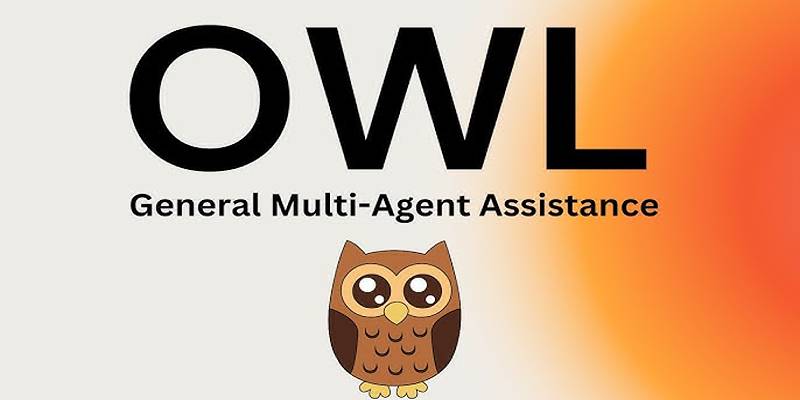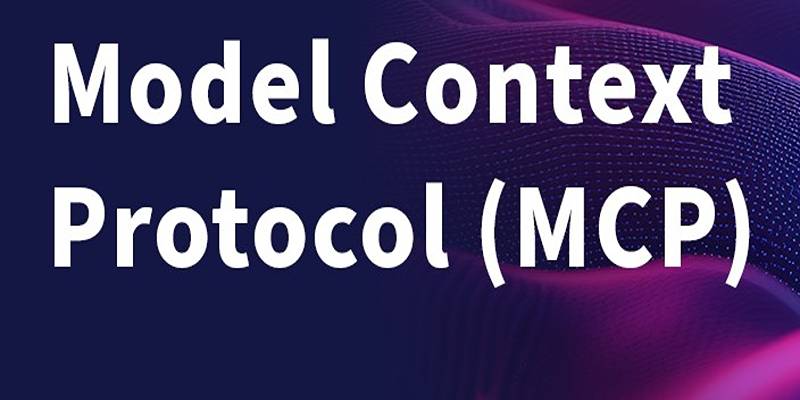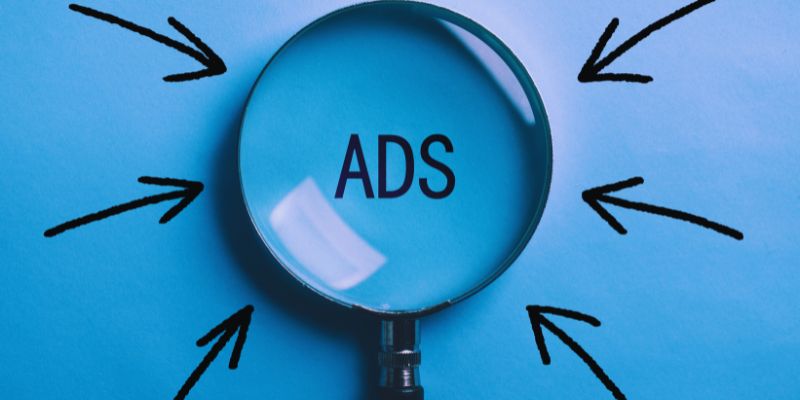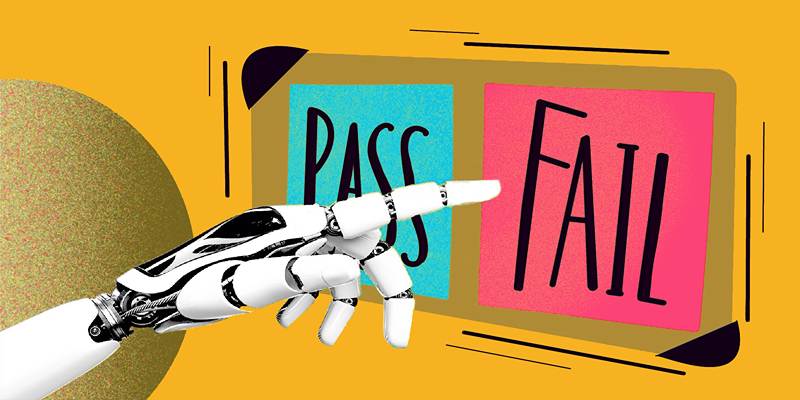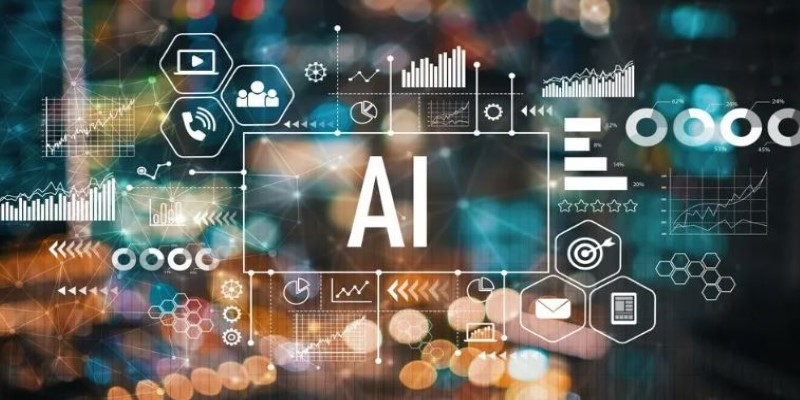In the world of machine learning, training a model to make accurate predictions involves choosing the right loss function. A loss function is a mathematical way of measuring how well a model's predictions align with the actual outcomes. One popular loss function, especially in classification tasks, is hinge loss.
Some powerful methods used for classification and regression are Support Vector Machines (SVMs) and hinge loss. The main objective of hinge loss is to locate a decision limit that correctly assigns data points to classes while leaving enough space between the classes. In binary classification, it helps make a machine learning model more accurate. Today's post will talk about the idea of hinge loss, how it works, its benefits, and its part in machine learning.
What is Hinge Loss?
Hinge loss, also known as max-margin loss, is a loss function used primarily for binary classification tasks. It encourages the model to classify data points correctly while maintaining a margin of separation between classes. This margin is crucial as it helps to make the model more robust to slight variations in input data.
Mathematically, hinge loss can be defined as:
L(y,y^)=max(0,1−y⋅y^)L(y, \hat{y}) = \max(0, 1 - y \cdot \hat{y})L(y,y^)=max(0,1−y⋅y^)
Where:
- yyy is the actual label of the data point (either +1 or -1 for binary classification).
- y^\hat{y}y^ is the predicted score from the model (not the final classification, but a raw score that can be compared to the decision threshold).
- The term 1−y⋅y^1 - y \cdot \hat{y}1−y⋅y^ measures how far the prediction is from the correct classification.
There is no hinge loss if the prediction is right and sure (i.e., the margin is greater than or equal to 1). The loss is bigger, though, if the estimate is wrong or not sure.
Why is Hinge Loss Important in Machine Learning?
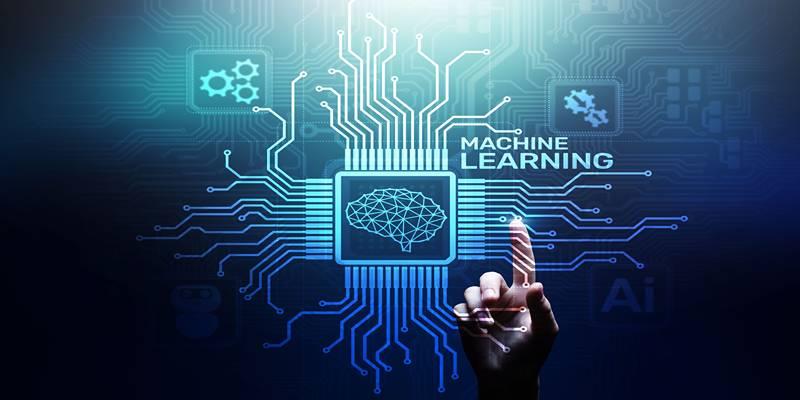
The importance of hinge loss lies in its ability to optimize the margin between classes. When the model makes a prediction, the goal is not only to classify it correctly but to ensure that the classification is confident and with a margin of separation. This concept is central to the Support Vector Machine (SVM) algorithm, which hinges on maximizing the margin between the decision boundary and the closest data points of each class.
Some key reasons why hinge loss is essential in machine learning include:
- Better Generalization: By maximizing the margin between classes, the model can generalize better to unseen data.
- Handling Margin Violations: Hinge loss penalizes predictions that are not confident enough, forcing the model to focus on confidently classified points.
- Simplicity: Hinge loss is relatively simple to compute and implement, making it a widely used choice for classification problems.
Hinge Loss in Support Vector Machines (SVMs)
Support Vector Machines (SVMs) are one of the most popular machine learning algorithms that use hinge loss. SVMs work by finding the optimal hyperplane (a decision boundary) that separates the classes while maximizing the margin between them. The margin is the distance between the decision boundary and the closest data points from each class, known as support vectors.
In the context of SVMs, hinge loss plays a significant role in determining how well the decision boundary is placed. SVM tries to keep the hinge loss as low as possible while increasing the margin. It gives the best generalization on data that hasn't been seen yet.
Key aspects of how hinge loss works in SVMs:
- If a data point is on the correct side of the decision boundary and has a margin greater than 1, the hinge loss is zero.
- If a data point is misclassified or falls within the margin (i.e., not confident enough), the hinge loss increases.
- The objective is to find a balance between minimizing hinge loss and maximizing the margin.
How Hinge Loss Works: Step-by-Step
Let’s break down the steps involved in hinge loss:
- Prediction: The model predicts by calculating a score (y^\hat{y}y^) based on the input data.
- Classification Decision: If the score y^\hat{y}y^ is greater than 0, the model predicts the positive class (+1), and if it's less than 0, the negative class (-1) is predicted.
- Calculation of Loss: The hinge loss function compares the predicted score with the actual label yyy. If the prediction is correct and has a margin of at least 1, the loss is zero. Otherwise, it increases based on how far the prediction is from the correct label.
Examples of Hinge Loss
Let’s take a couple of examples to better understand how hinge loss works:
Example 1: Correct and Confident Prediction
- Actual label y=1y = 1y=1 (positive class)
- Predicted score y^=2\hat{y} = 2y^=2
Since the prediction is correct and confident (i.e., y^>1\hat{y} > 1y^>1), the hinge loss is:
L(y,y^)=max(0,1−1⋅2)=0L(y, \hat{y}) = \max(0, 1 - 1 \cdot 2) = 0L(y,y^)=max(0,1−1⋅2)=0
Example 2: Misclassification
- Actual label y=1y = 1y=1 (positive class)
- Predicted score y^=−1\hat{y} = -1y^=−1
The prediction is incorrect (i.e., y^<0\hat{y} < 0y^<0), so the hinge loss will be:
L(y,y^)=max(0,1−1⋅(−1))=2L(y, \hat{y}) = \max(0, 1 - 1 \cdot (-1)) = 2L(y,y^)=max(0,1−1⋅(−1))=2
The hinge loss is 2 because the prediction was completely wrong and not confident.
Advantages of Hinge Loss

Hinge loss has several advantages that make it particularly useful for certain types of classification problems:
- Robustness to Outliers: Since hinge loss focuses on the margin rather than exact predictions, it is less sensitive to outliers.
- Clear Margin of Separation: It explicitly tries to maximize the margin between classes, which is a good approach for ensuring clear class boundaries.
- Effective for Large Datasets: Hinge loss works well for large-scale datasets, making it suitable for a variety of real-world applications like text classification and image recognition.
Conclusion
Hinge loss is a critical component of machine learning, particularly in the training of models like Support Vector Machines (SVMs) that focus on classification tasks. Its primary strength lies in maximizing the margin between classes while penalizing incorrect predictions. It ensures that the model can generalize well to unseen data and make confident, accurate predictions. Whether you're working with binary classification or building a robust model for a more complex task, understanding hinge loss can help you make better decisions about loss functions and model optimization.
